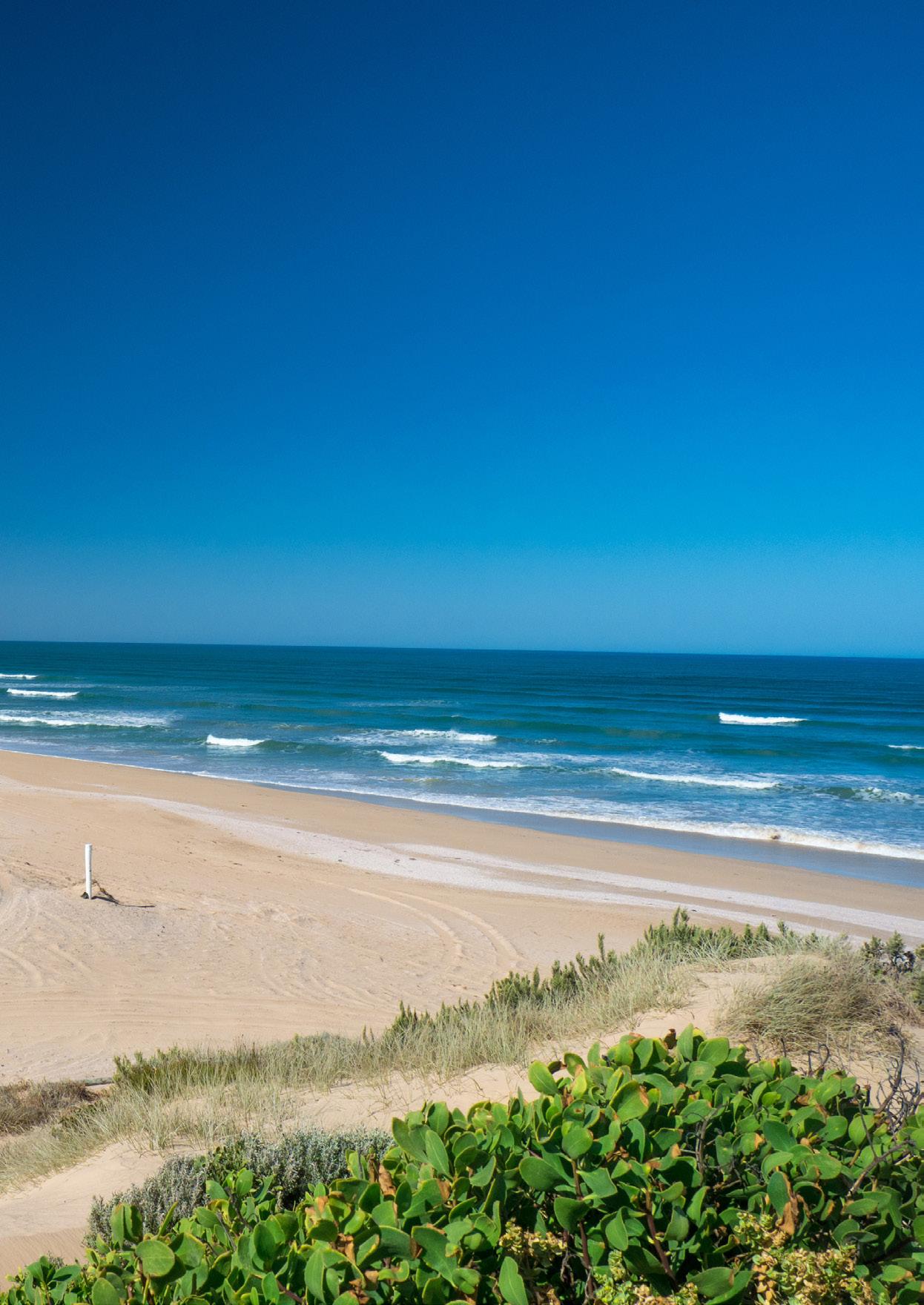
5 minute read
THE COORONG
from Southern Ocean Road
by PHIL GIBSON
Fun at Meningie
MENINGIE LIONS CLUB WALKING TRAIL
Advertisement
MAIN ENTRANCE OFF BOWMAN AVE, OPOSITE EAST TCE MALLEE VEGETATION WITH MANY ANIMAL AND BIRD SPECIES
YOU CAN HELP BY:
• NOT PICKING THE FLOWERS
TAKE A PHOTO INSTEAD • KEEP TO WALKING TRACKS • DOGS ON LEAD • TAKE YOUR RUBBISH WITH YOU
MOWERS@ MENINGIE 2020
HELD ANNUALLY IN SEPTEMBER Track action from 11am Gold Coin Entry MENINGIE HOTEL PHONE 0424 766 661
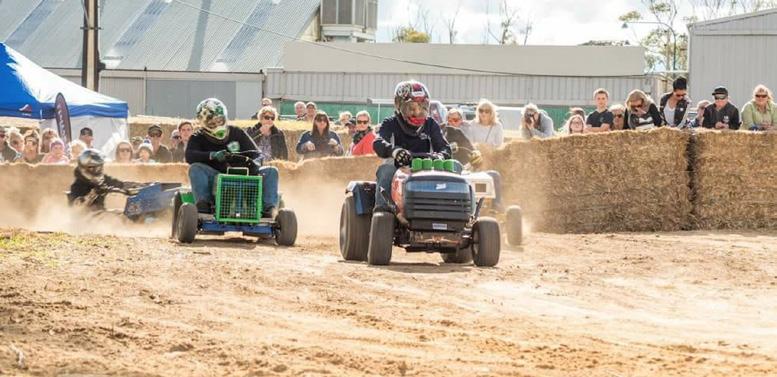
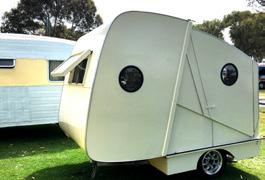
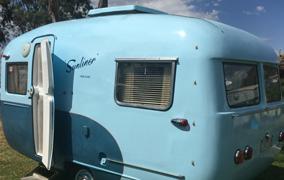


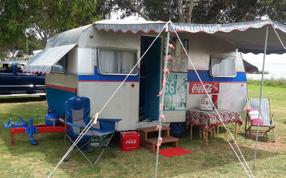


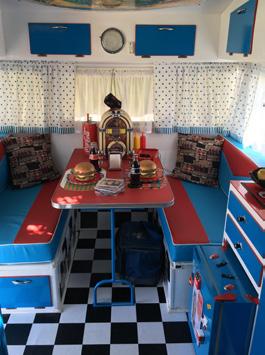
VINTAGE AND CLASSIC CARAVAN GROUP OF SA MEET
CELEBRATING CLASSIC CARAVANS ON THE LAST WEEKEND IN OCTOBER, AT LAKE ALBERT CARAVAN PARK Phone (08) 8575 1411
The Littlest Bushranger
Birdman of the Coorong
Travellers hear strange tales, but perhaps none so strange as the Birdman of the Coorong. When police first heard reports of a diminutive figure riding on an ostrich with gold jewellery glistening on his bare chest, they thought the teller had been at the tavern, or been out in the sun too long. But other reports soon followed and when a decomposed body was discovered with a wound on his forehead, the matter was deadly serious.
Police soon found that horses were no match for a sprightly ostrich bounding up the sandhills, especially when they were being fired upon. They discovered that this person was John Francis Peggotty. He was born a tiny baby and not expected to live, but he did. He only grew to the size of a child and had a history of climbing down chimneys of rich Londoners and stealing their jewellery. He was jailed for a time. Now he was holding up unwary travellers along the Coorong.
Peggotty could have been mistaken for a bejewelled child, except for his thick black beard. Ostriches had
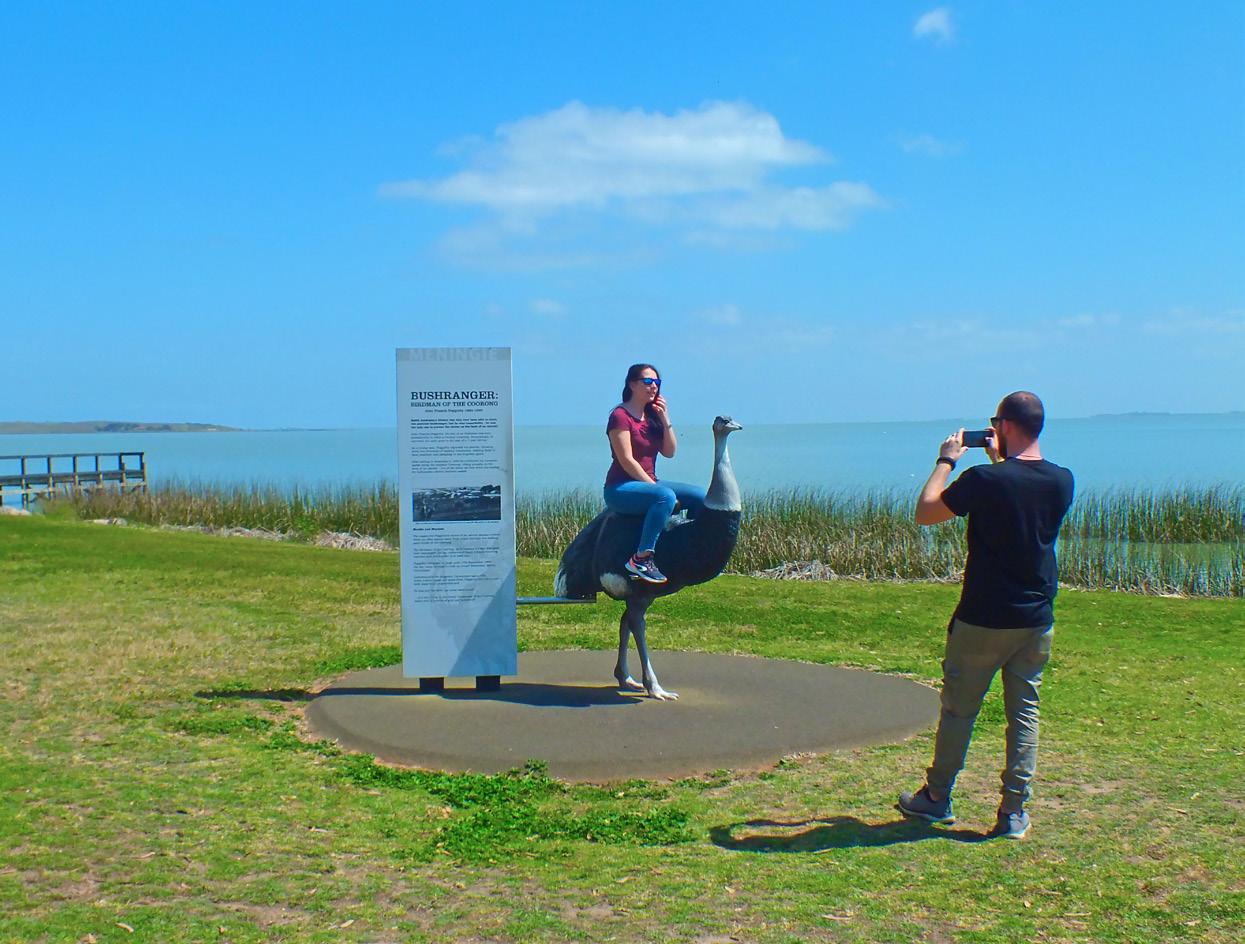
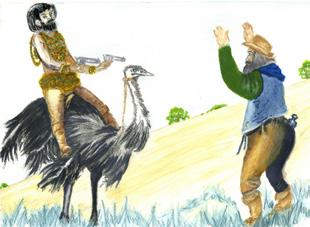
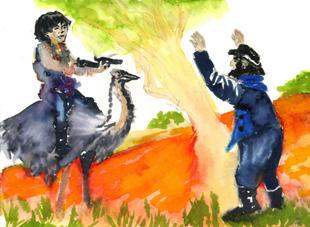
been released after the fashion market for ostrich feathers had failed and he had been to South Africa and seen the big birds ridden. Peggotty continued his career of crime, leaving in his wake unhappy travellers and more murders. One day, he made the mistake of accosting Carmichael, a tough Coorong fisherman who was returning from fishing. He had a rifle and a horse tethered on the shore. When the would be victim challenged him, the bejewelled bushranger concluded retreat was the better part of valor and took off on his stead with Carmichael on horseback in hot pursuit. At the sandhills, as the ostrich sailed away, Carmichael aimed and fired, wounding Peggotty. The ostrich strode on until a further shot felled it at the top of the high sandhill. Carmichael climbed the soft sandhill, to find the dead ostrich and a trail of blood leading to scrub. He felt disinclined to follow the armed wounded bushranger and departed to report the matter.
It is believed Peggoty’s bones lie in the Coorong sandhills still, along with a vast jewellery fortune.
The Coorong
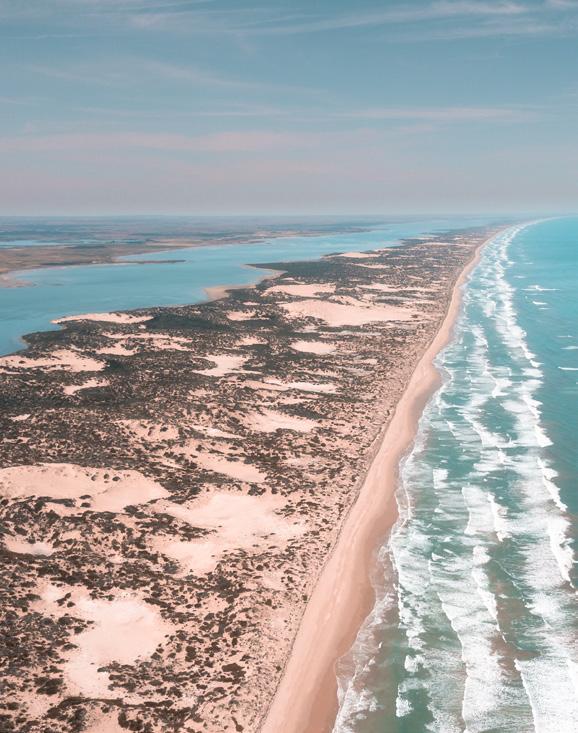

THE COORONG is a protected wetland area with a chain of lagoons sheltered by sweeping sand dunes from the sea, stretching for 130 kms. It’s located at the end of the River Murray, where the river meets the Southern Ocean (near the Murray Mouth) and stretches to Kingston in the South-East.
Its natural beauty, abundant wildlife and unspoilt coastline make it one of South Australia’s most visited destinations. The area’s wetlands provide habitat for many local bird species as well as for migratory wading birds – many flying in from as far away as Alaska.
It’s a Ramsar-listed wetland of international importance. The area, including Lakes Albert and Alexandrina, is recognised under the Ramsar Convention meanining the area has international significance with attention and rules to ensure its conservation.
The name ‘Coorong’ comes from the Ngarrindjeri name ‘Kurangk’ meaning long, narrow neck. The
The Coorong A National Treasure
lower River Murray, including the Coorong and Lakes Albert and Alexandrina, were once one of the most densely populated areas in Australia prior to European settlement. There was abundant food – fish, shellfish and game. A number of middens with ancient shells remain. The Ngarrindjeri people are the Traditional Owners, who have lived in the area for thousands of years. The Coorong remains an intrinsic part of their culture, spirituality and identity.
The Coorong was established as a National Park in 1966, more than 50 years ago. It was recognised for its ecological importance. There’s lots to do in the park, such as camping on the edge of the wild ocean, kayaking in the lagoons, exploring the sand dunes, 4W Driving, birdwatching and fishing – or simply relaxing.
Enjoy your holiday on the Coorong.
Get your National Parks Passes via Page 15 The park provides habitat for nationally threatened species like the orange-bellied parrot, freckled duck, Murray hardyhead and southern bell frog. Emus and other wildlife live here. THE ECOSYSTEM OF THE COORONG IS SLOWLY MENDING The Coorong has shown positive signs of recovery following the devastating impacts of the Millennium Drought, and years of basin-wide over water allocation, but more work is needed to restore it back to full health. But it’s not all doom and gloom. The introduction of environmental water has increased fish species like the lamprey and congolli, and some aquatic plants are also bouncing back.
CAMPGROUNDS INCLUDE:
28 Mile Crossing Campground – Choice of 5 different Campgrounds each with a number of sites 42 Mile Crossing Campground – accessible by 2WD Boating Based Camping – Boat access only Godfrey’s Landing Boating Campground – Boat or Canoe access only Kartoo Road Campsite – 4WD access only Long Point Campground – accessible by 2WD Loop Road Caravan Sites – accessible by 2WD Loop Road Hooded Plover Caravan Sites – access by 2WD Loop Road Mallee Fowl Campground – access 2WD Loop Road Sandpiper Campground – access 2WD Mark Point Campground – access 2WD Non Vehicle Based Camp – hike, bike or canoe Parnka Point Avocet Campground – access 2WD Parnka Point Pelican Campground – access 2WD Tea Tree Crossing Campground – access 4WD Tea Tree Crossing Oystercatcher Campground – access 4WD Wreck Crossing Campground – only accessable in summer months – access 2WD
